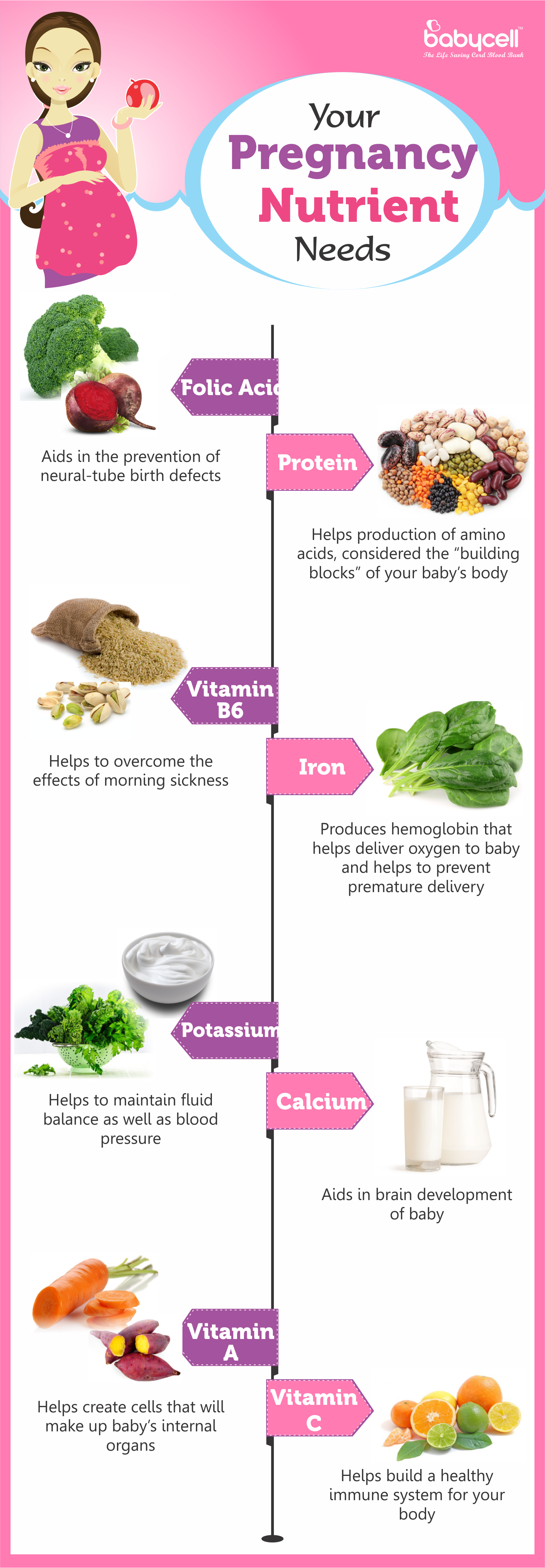We are sure that the good news of the new baby has already brought in some zeal into your relationship. Now it’s time to take the onus of keeping you and your body healthy. For that, you and your partner might have started taking doctor’s appointments and doing your research on what is to be done before the baby gets here.
If this is first time, the primary concern is that you are new to this challenge and you might not be aware about the kind of tests to be taken during your pregnancy. We are here to guide you through all the vital tests and check-ups to keep in mind during this period.
First Trimester
ROUTINE TESTS
1. Initial Blood Tests
A blood sample screening is conducted at your first pre-natal visit to the gynaecologist.
- A complete blood count (CBC) to determine if you are suffering from Anaemia.
- Hepatitis B – It can put your baby at risk of future liver disease, if it’s not treated.
- Rubella (German measles) and Chicken Pox – If you aren’t immune, exposure during pregnancy can cause birth defects.
2. Thalassaemia
Thalassaemia is an inherited blood disorder. The disorder results in excessive destruction of red blood cells, which leads to anaemia.
It’s a must to undergo this test in order to know about your type, whether it’s Alpha or Beta or if you are a carrier or not. In case you are then your partner also needs to be tested. If both partners are carrier there is 75% chance of child being Thalassaemic.
- Sexually Transmitted Disease (STD) Tests
- HIV – the virus that causes AIDS can cross the placenta before or during delivery and infect the fetus.
- Syphilis – If unchecked, it can cause miscarriage or stillbirth.
- Gonorrhea and Chlamydia – If untreated, both can cause preterm delivery and eye infections in the baby.
- Herpes – It can cause complications during delivery.
4. Pap smear – It is a screening procedure to determine cervical cancer.
5. Blood Pressure – During pregnancy, you might have more chances of high blood pressure. In case high blood pressure continues after 20 weeks of pregnancy, there can be complications.
- Urine Tests
- Glucose Screening – Gestational diabetes – It can increase the potential need for a caesarean section (because it can lead to the baby growing to be very large).
- Blood and bacteria – It indicates urinary-tract infection and can lead to a kidney infection or preterm labour.
- Ultrasound
An ultrasound is a simple, painless procedure. A wand that uses sound waves will be placed on your belly. It is used to determine the age, rate of growth, position, and heart rate of your baby, and whether you’re carrying multiples or not.
ADDITIONAL TESTS
Cystic Fibrosis (CF) – A genetic test showing that a person inherited one or two defective cystic fibrosis transmembrane regulator (CFTR) genes. This testing can be done using blood or a sample from the mother’s womb before birth (chorionic villus sampling or amniocentesis). Two positive sweat tests on different dates.
Second Trimester
Besides the basic urine and blood pressure tests, there are a few additional tests to pay heed to in your second trimester.
- Amniocentesis – The test is offered to women who are at the age of 35 or above. Amniotic fluid analysis detects some birth defects and genetic diseases, including some chromosome abnormalities (such as Down Syndrome) and neural tube defects.
2. Cordocentesis – Percutaneous Umbilical Blood Sampling (PUBS) is a procedure that is used to obtain a small sample of the fetus’ blood. It is used to detect chromosome abnormalities indicating Down syndrome and blood disorders such as Anaemia and certain infections.
Third Trimester
1. Group B Streptococcus Screening – This helps to detect bacteria in your bowel, rectum, bladder, vagina, or throat since these can cause serious and potentially fatal infections in new-borns.
2. The Non-stress Test – The non-stress test (NST) measures your baby’s heart rate as it moves around. This test measures foetal heart rate patterns in women who have high-risk pregnancies, including those who have preeclampsia or diabetes.
3. Biophysical Profile – The biophysical profile combines the non-stress test with an ultrasound. The ultrasound component measures four foetal characteristics: breathing movements, muscle tone, body movements, and the amount of amniotic fluid.
This list sums up all the tests you should undergo in each stage of your pregnancy to ensure the health of your baby and yourself.
It’s important to undergo these tests with a prenatal expert/doctor who has experience and who you are comfortable sharing your personal information with.
It’s important to know what kind of tests are performed and what the benefits/threats
We hope this helps you with all the information on what prenatal tests are needed before the baby is born. Make sure you consult your OB/GYNEC before taking any tests.


























